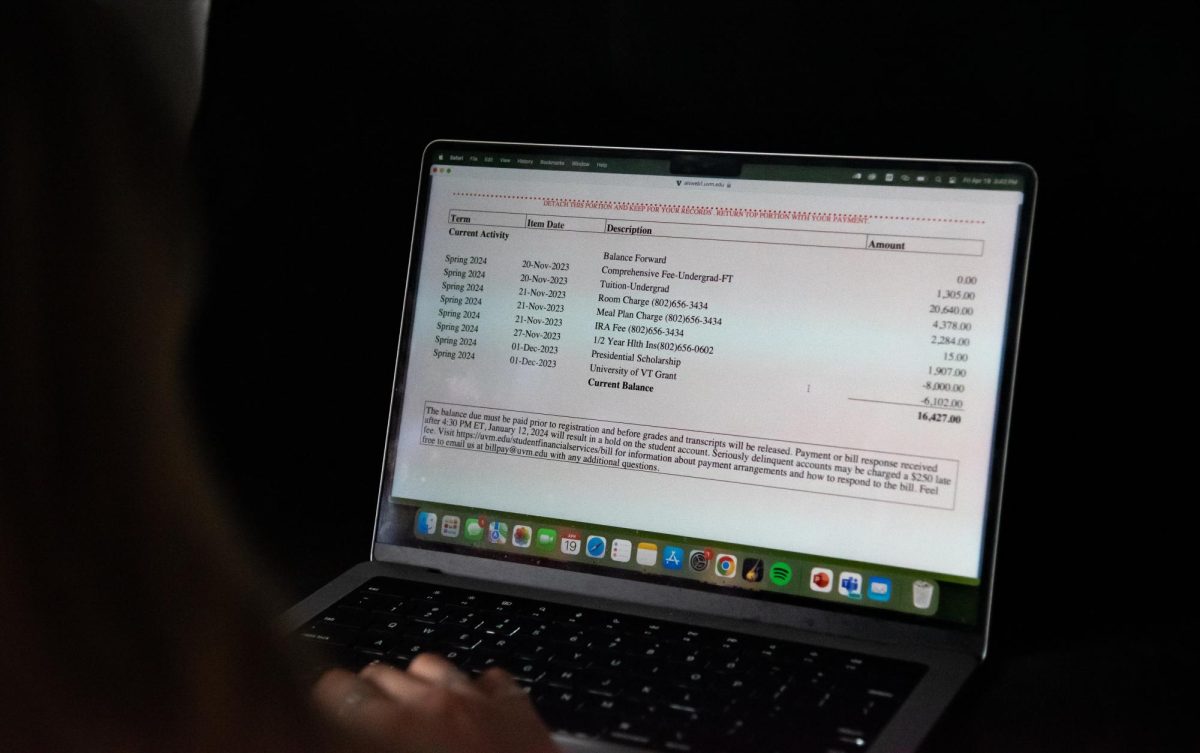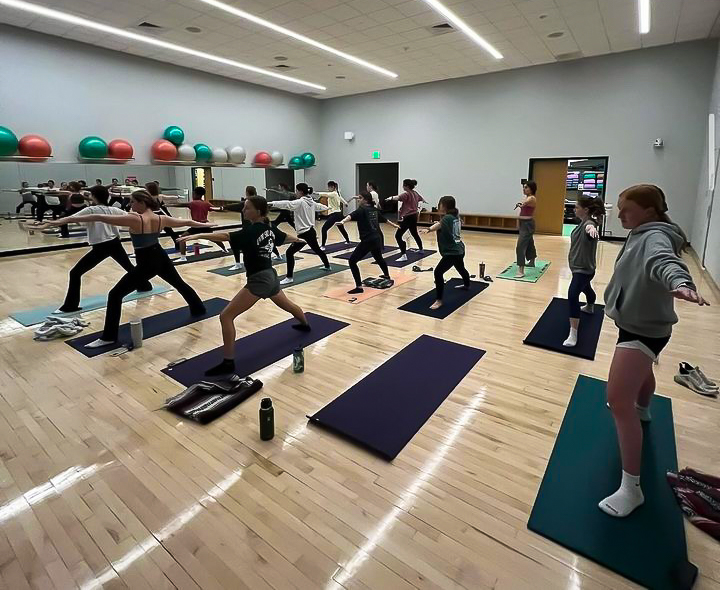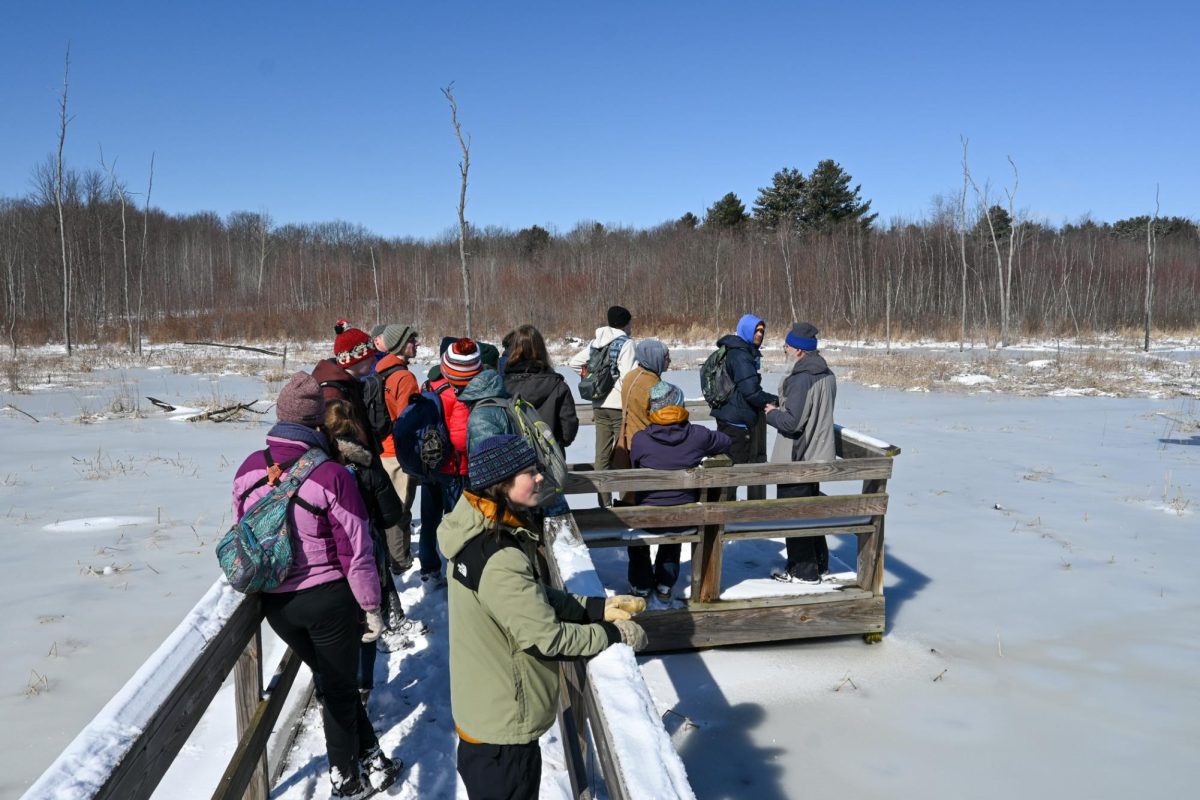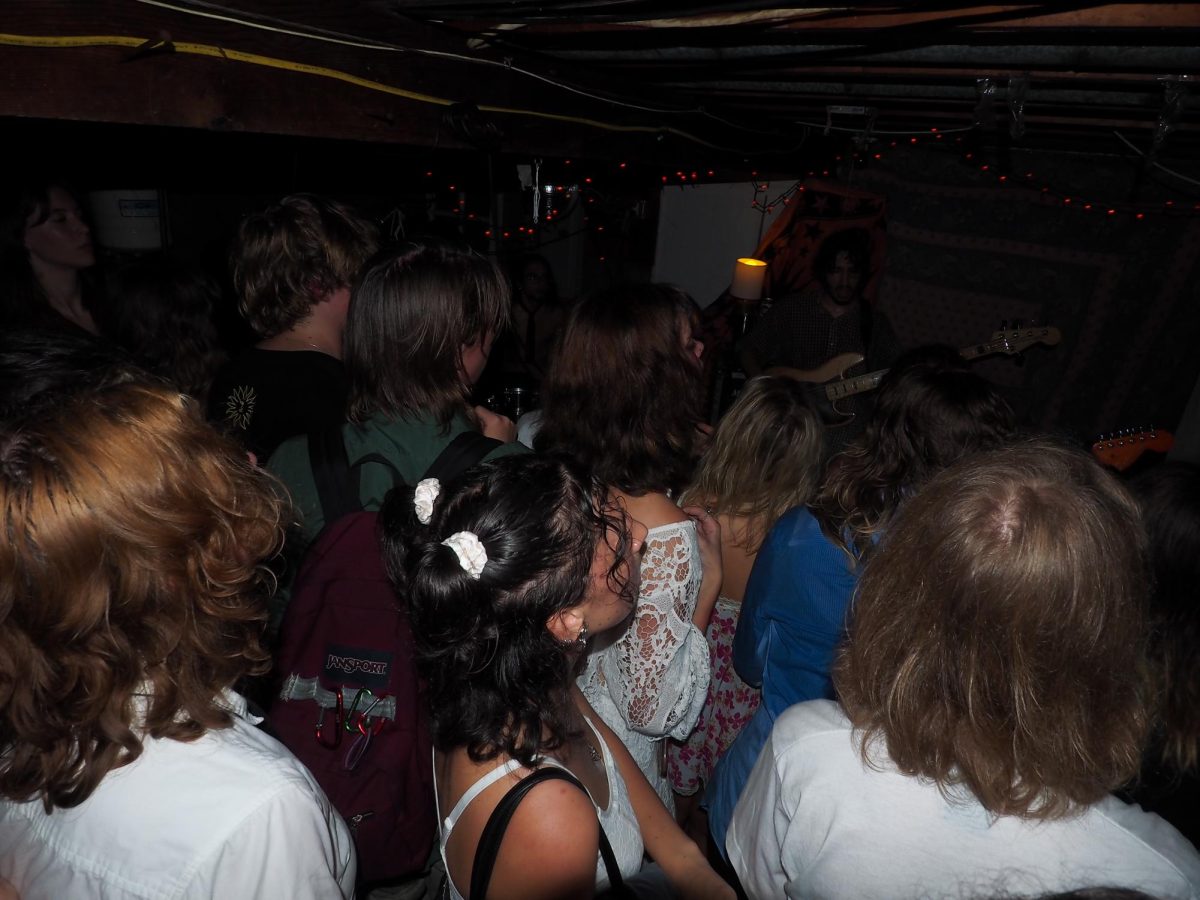What is “Lovacalvore?”Though it goes by many different titles, “local” food means food that is grown to be eaten, rather than commercially produced. Similarly, a “localvore,” “locavore” or “locatarian” is someone who only eats locally grown and produced food.The Vermont Agency of Agcriculture defines local as within the state borders or 30 miles of purchase, but local can extend up to within 100 miles, depending on personal preferences.For some, like organic farmer and state representitive David Zuckerman, eating locally comes down to eating in season.”Crop yields differ from season to season, but eating locally becomes eating seasonally,” he said. “You become so much more aware of your local food supply.”As eaters become increasingly conscious of what food goes on the table, restaurants, supermarkets and community members are buying into the local economy by supporting local farms and producers.”In Vermont, local used to mean anything grown or produced within 30 miles,” Zuckerman said. “Now ‘local’ means produced in Vermont, within 30 miles of the purchase site, food that is clearly labeled with the growing location or a combination of the three.”The Impact of eating LocalAt the base level, going local is all about personal health and lifestyle choices.”When you know what goes into the food you’re eating, you feel better,” Rachel Nevitt, a farmer at the Full Moon Farm, said.One of the more exciting aspects of going local is seeing the natural differences in food from farm to farm, and season to season, while enjoying the taste of locally produced foods.”Out of our 40 plus crops, there is never an identical harvest,” Zuckerman said.As eaters are growing increasingly conscious of what goes on the dinner table, there seems to be an increasing sense of satisfaction in consuming food that can be tracked from seed to harvest to plate.However, some worry that the price of organic local food will create too much of a strain on already tight budgets.”There is this perception that local is more expensive,” Zuckerman said. “In some cases that’s certainly true, but it’s not true everywhere – we’re trying to make it as affordable as possible.”CSAs, like Zuckerman’s, are popping up all over agricultural areas, helping communities to create a mutually beneficial connection between consumers and farmers not only in terms of diets, but also economic interests.The Natural Farmer, the Northeast Organic Farming Association’s (NOFA) newspaper, even found that it cost only $10 more each month for a solely organic diet. Localvore at UVMMore than simply a fad, the locavore principles are fast becoming a firmly established set of practices.However, even in a relatively small state, meeting the necessary amounts of food required to service institutions can pose a real problem.”It’s a challenge for local providers to produce the sheer volume of food necessary to service a large institution,” Zuckerman said.It might, in fact, be easier for large organizations to purchase the entire amount needed directly from a wholesale seller that only offers conventional food, than to take a more divide and conquer mentality.Yet some Vermont institutions are doing their part to integrate more local products into people’s daily diets.”The change in Brennan’s Pub & Bistro and the increase of healthier and locally grown and made food was really the doing of students’ efforts and protests,” Tamara Plummer, an employee of Student Life at UVM’s Localvore Dinner, said.With food harvested and eaten at the height of its freshness, the local foods the University is serving are more nutritionally complete and mostly organic, resulting in pure, safer food, Ian Prieto, also from Student Life, said.”Buying local helps the local economy and the environment,” he said. “From farm to plate, food traditionally travels 1,300 miles, but buying local helps to reduce our dependence on oil.”For such an eco-conscious University, the increasing emphasis on buying and consuming local products has positive reverberations throughout more than just the campus dining facilities.Sodexho is even going so far to give 10 percent of every bottle of milk sold on the UVM campus back to the farmer, Plummer said.Davis Center supervisor Debra Coulam was pleased to see the increasing partnership between University dining and the students and the hope that provides for future generations of eaters.Buying local food promotes a real sense of community, Coulam said. It keeps small local farmers in business and consumers putting quality foods into their bodies.












